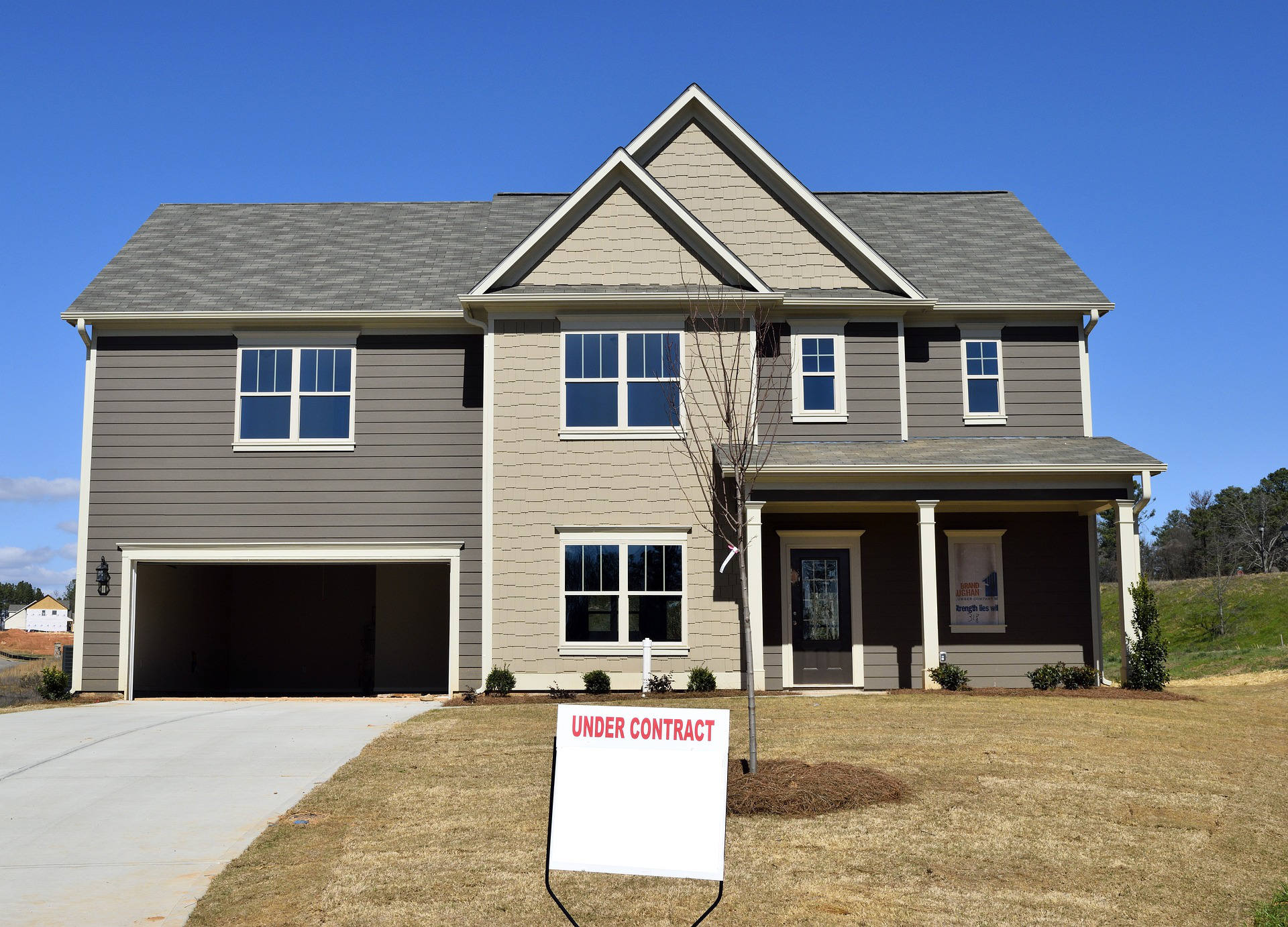Conducting thorough research and assessments is essential when making a significant investment, like buying a home, to protect your health and financial investment. While an inspection may confirm that the home is structurally sound, radon gas is one potential hazard often overlooked during the inspection process. Radon, if not properly dealt with, can present a substantial health hazard. You need to know this to ensure your new home is safe.
Understanding the Dangers of Radon
What is Radon?
Radon is an odorless, invisible, and radioactive gas produced when uranium in soil naturally decays. This gas can potentially infiltrate houses via fissures in the foundation or openings in the building structure. Radon exposure over extended periods can lead to severe health consequences.
Health Risks of Radon Exposure
The connection between radon and lung cancer makes radon a significant hazard. The EPA has found that radon is a serious contributor to lung cancer. Prolonged high-level radon exposure raises the risk of developing lung cancer, emphasizing the significance of keeping the radon level within safe limits.
Taking the Right Steps When Buying a Home
Step 1: Look for Radon-Resistant Features
Before purchasing a home, inquire whether it has radon-resistant features. Many newer homes are built with these features to help reduce radon levels.
What are Radon-Resistant Features?
Radon-resistant features can include either an active or passive mitigation system. An active radon mitigation system has pipes that run from beneath the home’s foundation to the exterior, with a fan that continuously pulls radon gas out of the home and vents it outside. On the other hand, a passive radon system includes the pipes but lacks the fan to move the air actively. While a passive system can sometimes keep radon levels low, it may not be sufficient in areas with high radon concentrations.
Step 2: Conduct a Radon Test
Testing for radon is crucial when purchasing a home, regardless of whether it has a radon mitigation system. Testing is the only way to know if a home has high radon levels.
How to Test for Radon
If you’re buying a home, ensure that radon testing is part of the inspection process. By law, a certified radon company must conduct the test during a real estate transaction. The company will place a radon detection device in the home for a designated period and then collect it to analyze the results.
If the test reveals that the home has high radon levels, you should require that a radon mitigation system be installed before completing the purchase. The Environmental Protection Agency recommends that steps be taken for any home with radon levels measuring four picocuries per liter (pCi/L) or higher.
Step 3: Convert Passive Systems into Active Systems if Necessary
If the home has a passive radon mitigation system, but the radon test shows elevated levels, it’s essential to convert the passive system into an active one.
Activating a Radon System
Converting a passive radon system into an active one involves adding a fan to the existing pipes to pull radon gas out of the home actively. This is a relatively simple and cost-effective process compared to dealing with the health risks of long-term radon exposure.
After the conversion, you should test the home again to confirm that the radon levels have dropped to a safe range. Only then should you proceed with the home purchase.
Protecting Your Investment and Your Health
Buying a home is one of the most significant investments you’ll ever make, and it’s essential to ensure that your dream home is not only a financial asset but also a safe place to live. By testing for radon and addressing any radon-related issues before moving in, you can protect your health and investment.
Following the EPA’s guidelines and conducting proper radon testing is a small effort compared to the peace of mind it will give you and your family. Be sure to prioritize radon testing during your home-buying process and take the necessary steps to mitigate risks.





